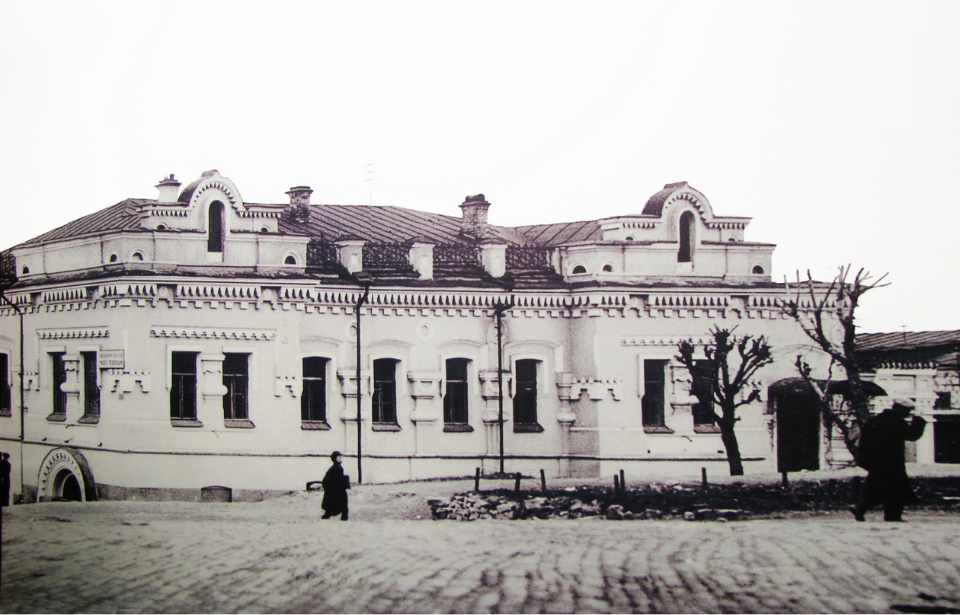In its early history, Ipatiev House was a lavish place where a famous merchant lived. However, as the events in imperial Russia unfolded, this place became the scene of a darker happening and a mystery that remains unsolved to this very day. The house itself was built towards the end of the 1880s on the same spot where the country house of Vasily Tatishchev, the renowned Russian geographer and historian, once stood.
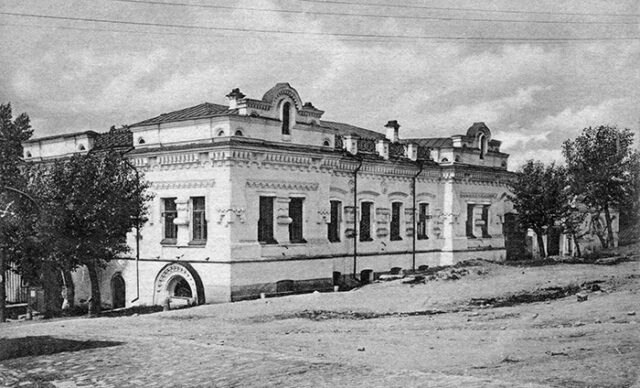
It was Ivan Redikortsev that this luxurious house was built for. The house had two floors and a 30-meter façade. From Redikortsev, the house was passed on to Sharaviev, a gold merchant with a negative public reputation.
In 1908, and Nikolai Ipatiev decided to buy the house for himself. He purchased this very residence and converted the first floor into his workplace. Little did he know that the house would go down in history as the “last palace of the last Tsar,” as was written by the Russian newspapers.
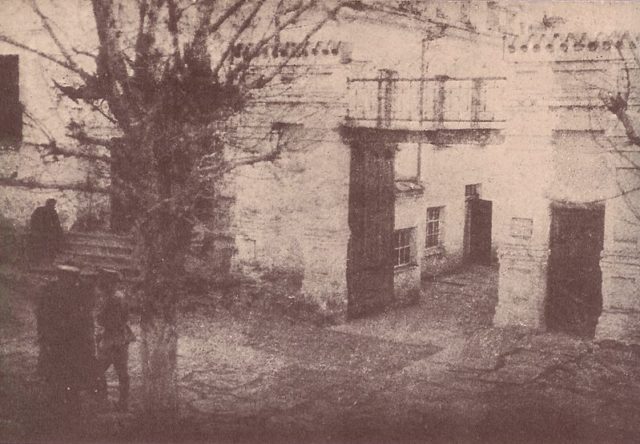
In 1918, Ipatiev was invited to the headquarters of the Ural Soviet where he received some bad news. He was ordered to pack his things and leave the house. He was told that the house was to become a “house of special purpose.”
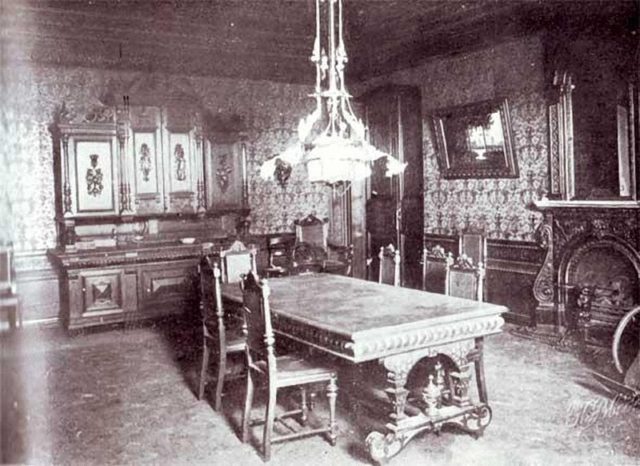
Ipatiev, having no choice really, did what was asked of him. The next residents of the house, however, were the Romanov family, the dynasty that ruled Russia from 1613 to 1917. Their beginnings can be traced all the way back to 1340s to Andrei Kobyla, a Boyar in that period. The Romanovs had kept their position of power until the “February Revolution” of 1917.
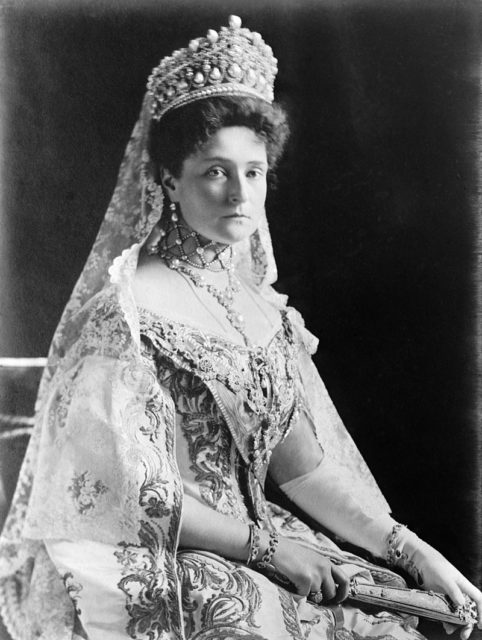
One year later, on August 30, 1918, the whole Romanov family, including four daughters, one son, Alexandra Feodorovna and Nicholas Romanov, plus the cook, their physician Yevgeny Botkin, the chambermaid Anna Demidova, and the valet Alex Trupp, were taken to the Ipatiev House. There, they would spend the last 78 days of their lives. In total, there were 11 people who were moved into this house (not counting the guards that occupied the first floor).
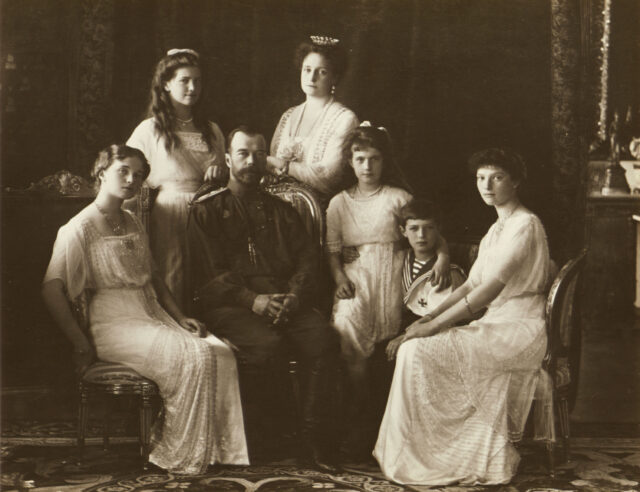
In charge of the operation of keeping the Romanovs locked was Yakov Yurovsky, a Bolshevik. Under the watchful eye of the guards, the royal family was allowed some fresh air and sun in the garden, as the windows of the house were painted over. This was to effectively cut them off from the rest of the world. The guards even built a tall wooden barrier that separated the house from the street that was just in front of it.
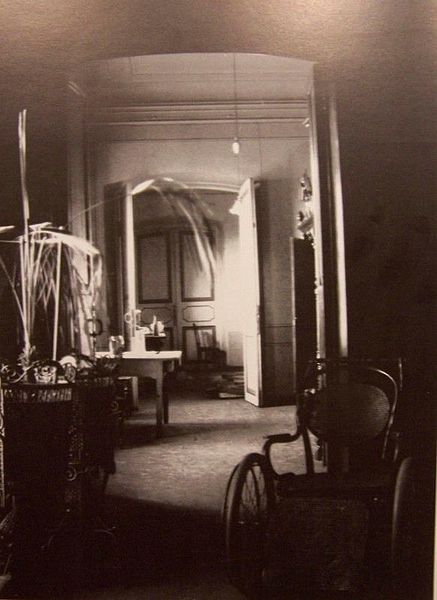
Thus, the Romanovs were completely unaware of what was happening on the outside. Then, on July 16 or 17, Yurovsky went to the room of Dr. Botkin. Inside, the doctor was wide awake and doing some writing on a piece of paper. Hurriedly, he was ordered to awaken the royal family as well as the rest of those moved to Ipatiev House and inform them that they must instantly leave and evacuate.
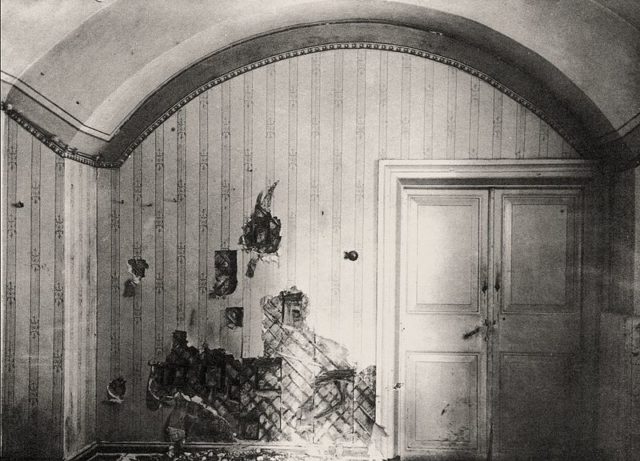
There was already some shooting on the streets. They took half an hour in total to pack and went downstairs. They got out into the courtyard and down into the basement. Once there, Alexandra Feodorovna asked for a couple of chairs and was given two. The rest were standing behind them, except for the youngest who was sitting on his father’s lap. After an intense period of waiting, Yurovsky entered the basement with a firing squad.
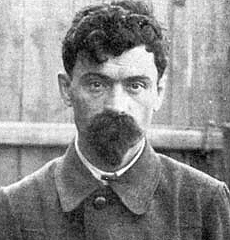
Here, the Romanov family met their doom. What should have been a quick execution ended as a bloody slaughter that took around 30 minutes to kill all the family members, including the children. The Romanovs went down in history as the last rulers of Russia.
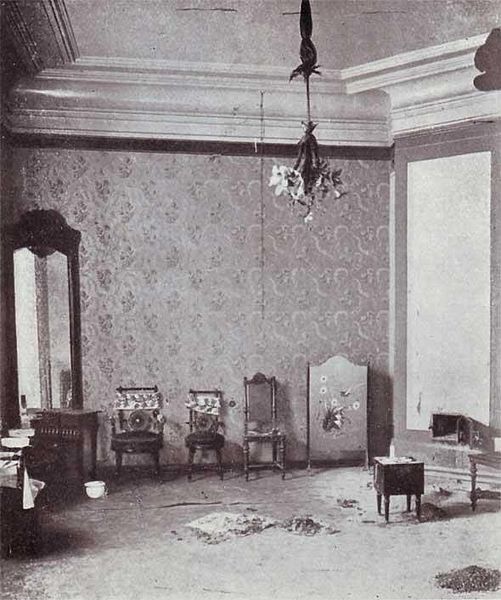
Today there is nothing left of the Ipatiev house, for it was demolished in September 1977. On this very spot now stands the Church on the Blood, a spot of pilgrimage honoring those who were killed brutally on that dark day in July many years ago.
